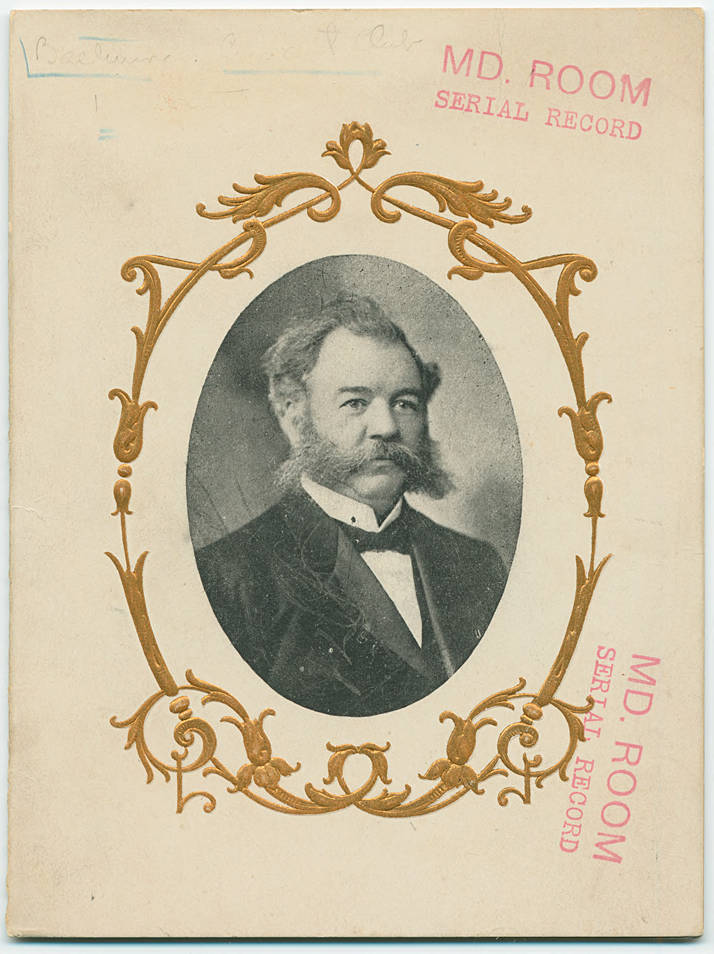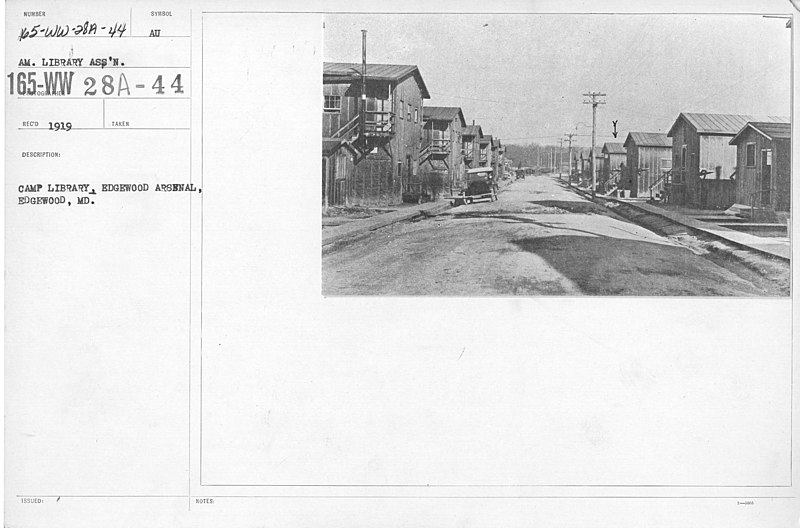by Lisa Greenhouse, Librarian, Maryland Department
As Baltimore struggles with the COVID-19 health crisis, it might be instructive to take a look back at the City’s response to the Influenza Pandemic of 1918 as a cautionary tale of missed opportunities. Unfortunately, social distancing was not speedily mandated on the state or local level in 1918, leaving Baltimoreans more vulnerable than necessary to the ravages of that year’s historic Pandemic.
There is a frequently made comparison between the deficient response of Philadelphia and the much more effective response of St. Louis to the 1918 Influenza Pandemic. While St. Louis quickly instituted strict social distancing measures, Philadelphia let a Liberty Loan Parade go forward. Baltimore cancelled its Liberty Loan Parade, but in general, Baltimore’s response in its inadequacy was more akin to Philadelphia’s than to St Louis’s.
The second wave of the misnamed Spanish Flu, which had afflicted Europe in the Spring, attacked Boston in early September. Yet on September 20, 1918, the Sun reported that Health Commissioner, Dr. John D. Blake, “had no anxiety whatever.”

The first Baltimore case was recorded on September 23. By September 28, the Sun was noting cases appearing at the military bases around Baltimore. Blake advised citizens to avoid crowds but claimed to have very little concern. He compared the new arrival to the ordinary seasonal flu.
On September 27, Blake had been advised that the Edgewood Arsenal, a little less than 30 miles north of the city, was under siege by the virus. In consultation with other officials, he refused to quarantine the thousands of civilian employees who traveled daily from Baltimore and points north on a special train to the Arsenal for fear it would impair the War effort.

On September 28, there were 5 cases of influenza being treated at Mercy Hospital. Less than a week later, on October 3, the Health Department announced 440 new cases and 7 deaths for the previous 24-hour period. By October 18, the Health Department had stopped trying to count, and the press had to get the daily number of deaths from the undertakers, who were overwhelmed along with the doctors, nurses, pharmacists, hospitals, cemeteries, and coffin makers.
Overcrowded hospitals had to turn away patients. Whole families, every member sick, had to struggle at home without adequate medical care.
Blake began to take actions on October 3, but the measures were not sufficient to meet the mounting crisis. He did shutter dance halls, but rather than close other crowded public venues, Blake ordered theaters and streetcars to institute proper ventilation.
After a Health Department Conference on October 4, Blake announced that the schools, churches, and theaters would not be closed except in individual cases but asked the public not to “mingle promiscuously.” Social distancing would be a voluntary effort. He saw the City Government’s role as offering reassurance and recommending handkerchief use. Blake seemed to feel that strong Government action might cause anxiety and thus weaken the immune system, making people more susceptible to illness.
The Hospital Conference Association of Maryland disagreed with Blake and urged Mayor Preston to close public places and to make provisions for patients unable to get into hospitals. Despite Blake’s early assurances that the city had everything in control, the situation was out of hand. Both the Sun and Afro reported Baltimoreans lying ill in the streets, unable to find a place in a hospital and too sick to make it back to their homes.
With 30,000 students absent from classes, the School Board decided on October 7 to close the schools. After wasting precious weeks refusing to take serious action, Blake finally did close theaters (October 9) and churches (October 11) and forbade large funerals (October 9). He also shortened store hours.
Blake left saloons open as they were a source of whiskey, which the Commissioner considered medicinal. Many protested the favoring of saloons over churches. A letter in the Sun noted the hurried and careless way barkeepers in crowded saloons washed glasses.
October was the worst month. By its end, Mt. Auburn Cemetery was able to reduce its backlog of 150 coffins with help from the military and volunteers. By November 1, all but 30 coffins had been buried.
It’s a hard choice to shut down a city, especially when that city is a supplier of Allied war materials. Perhaps it would have been easier if the decision had been made at a higher level by the State or Federal Government. Newspaper accounts don’t show us the pressure that Blake was under from the Mayor. We do know that the Sun reported on October 4 that Mayor Preston gave Blake authority to close schools, theaters, and other public places. Yet Blake still hesitated for another week, and in the case of the schools, it was the School Board that finally weighed in.
Baltimore recorded 4,358 deaths in 1918, a rate of 23.6 deaths per thousand, right below Philadelphia’s top rate. If Baltimore had taken strong action when the reports began coming in from Boston in early to mid-September, Baltimore’s toll would certainly have been considerably less.
For more information from The Baltimore Sun and The Afro, please visit here.